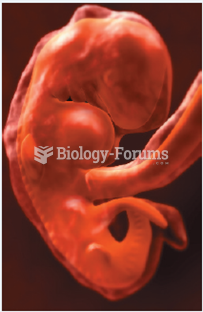James Roberts is a well-known patient who returns for a postoperative follow-up 2 weeks after an abdominal exploration and splenorrhaphy.
Seventeen days ago, James fell in his bathroom after stepping out of the shower and slipping on the wet tile floor, sustaining a grade 3 splenic laceration. Subsequent abdominal exploration and splenic repair was performed. Recovery has proceeded as expected, with appropriate healing of abdominal wound, no signs of infection or dehiscence; however, James is very concerned that the continued bruising that has remained on his abdomen and across his back is a symptom of a complication. Physician collects an expanded problem-focused history, performs an expanded problem-focused physical examination, and makes medical decisions of low complexity. The physician assures James that the bruising is a normal part of the healing process. The physician documents that more than half of the visit was spent in counseling the patient and his wife on postoperative care. An abdominal exploration and splenorrhaphy have a 90-day global period of surgery. Which of the following best reflects this E/M service? a. Office or other outpatient service, established patient, level 3, and modifier 32 because this service has been mandated by an outside organization
b. Office or other outpatient service, established patient, level three, and modifier 24 because this service occurred during the postoperative period, and the intent of the service is unrelated to the surgery
c. Office or other outpatient service, established patient, level 3, and modifier 57 because the physician decided surgery needed to occur
d. No E/M service reportable because the intent of this service is related to the abdominal surgery and splenorrhaphy and is therefore part of the postoperative service
Question 2
George is brought into the emergency room after an accident while cutting fruit, which involves a ma
After an expanded problem-focused history and physical examination are documented, the high medical decision making recommends emergent major surgery to repair the damaged radial artery and the radial tendons. Which of the following best reflects the performed E/M service and modifier usage?
a. Emergency department services; level 5 with modifier 25
b. Emergency department services; level 3 with modifier 57
c. Emergency department services; level 5 with modifier 57
d. No E/M service reportable since this falls within the global period of surgery







